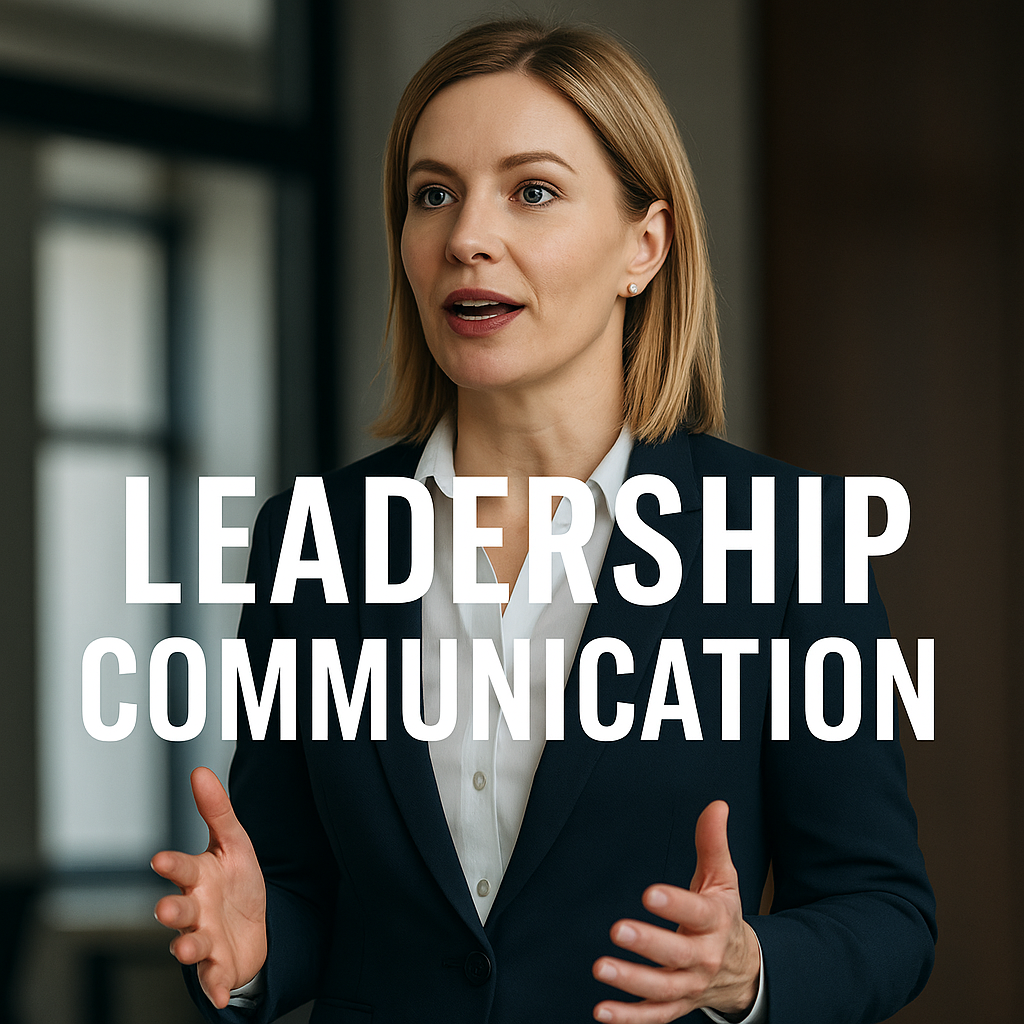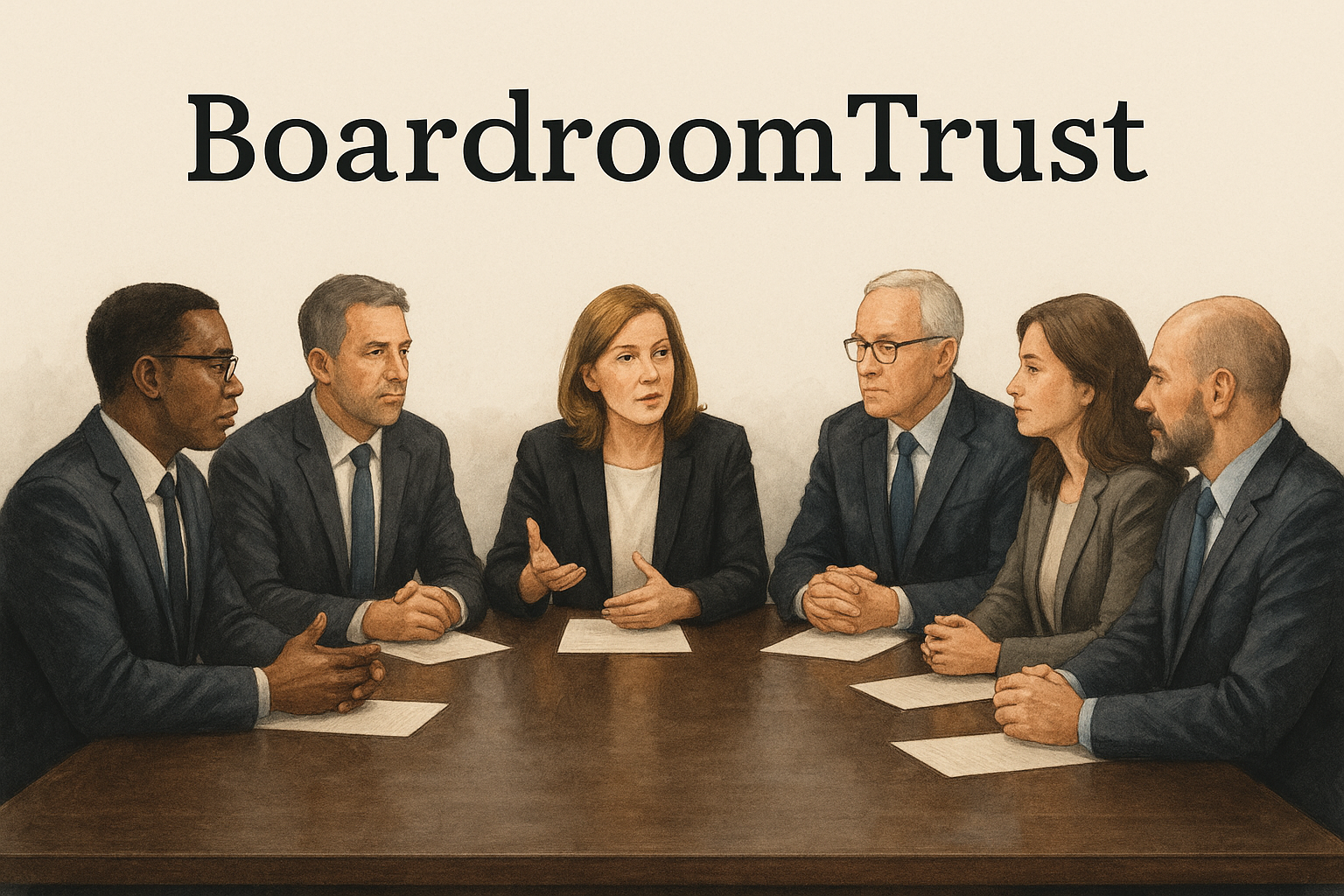In boardrooms and war rooms alike, leadership isn’t measured only by strategy or vision—it’s defined by communication. At the highest levels, what you say, how you say it, and even what you choose not to say becomes the unspoken currency of trust, influence, and execution.
Leadership Communication Is Not About Talking—It’s About Resonance
Simon Sinek reminds us, “Communication is not about speaking. It’s about listening.” Great leaders aren’t just heard; they are felt. They translate vision into alignment, complexity into clarity, and urgency into calm confidence. The best leaders do not overwhelm with words; they inspire action through purpose.
From Transactional to Transformational: The Leadership Leap
Executives often default to transactional communication: emails, reports, directives. But what creates lasting impact is transformational communication. This kind is rare. It involves vulnerability, courage, and intentionality—what Brené Brown calls “rumbling with truth”.
Transformational leaders create psychological safety, encourage real dialogue, and consistently connect the “what” to the “why.” They model the kind of trust and accountability they wish to see across the organization.
Strategic Silence and the Power of Pause
In today’s hyperconnected climate, silence has become a superpower. Leaders who know when to pause—when to absorb, reflect, and listen deeply—often lead the most high-trust, high-output teams. As Stephen R. Covey noted, “Seek first to understand, then to be understood”.
The Boardroom Imperative: Communicate to Align, Not to Impress
In C-suite settings, communication must cut through noise. Alignment beats eloquence. Leaders who can distill a 50-page strategy into a 5-word rally cry are remembered. Those who communicate with emotional clarity and strategic simplicity earn influence.
When boards, investors, and teams hear from leadership, they’re not only listening for direction—they’re assessing confidence, clarity, and coherence.
Four Practices of Elite Leadership Communicators
Speak from purpose: Ground every message in your organization’s “why”.
Model authenticity: Lead with vulnerability and integrity—not just expertise.
Elevate with clarity: Replace jargon with precision. Simplicity signals strength.
Listen to lead: Make space for others to speak—and be transformed by what you hear.
Closing Thought: Influence Without Presence Is a Myth
In a digital-first world, where meetings are virtual and decisions happen in real-time, your communication is your presence. Whether through voice, email, or silence—how you lead is how you’re heard.
The leaders who master communication are not just remembered. They are followed.
#LeadershipCommunication,#ExecutiveLeadership,#StrategicLeadership,#TransformationalLeadership,#AuthenticLeadership,#BusinessCommunication,#EmotionalIntelligence,#Csuite,#LeadershipStrategy,#ClarityAndTrust









